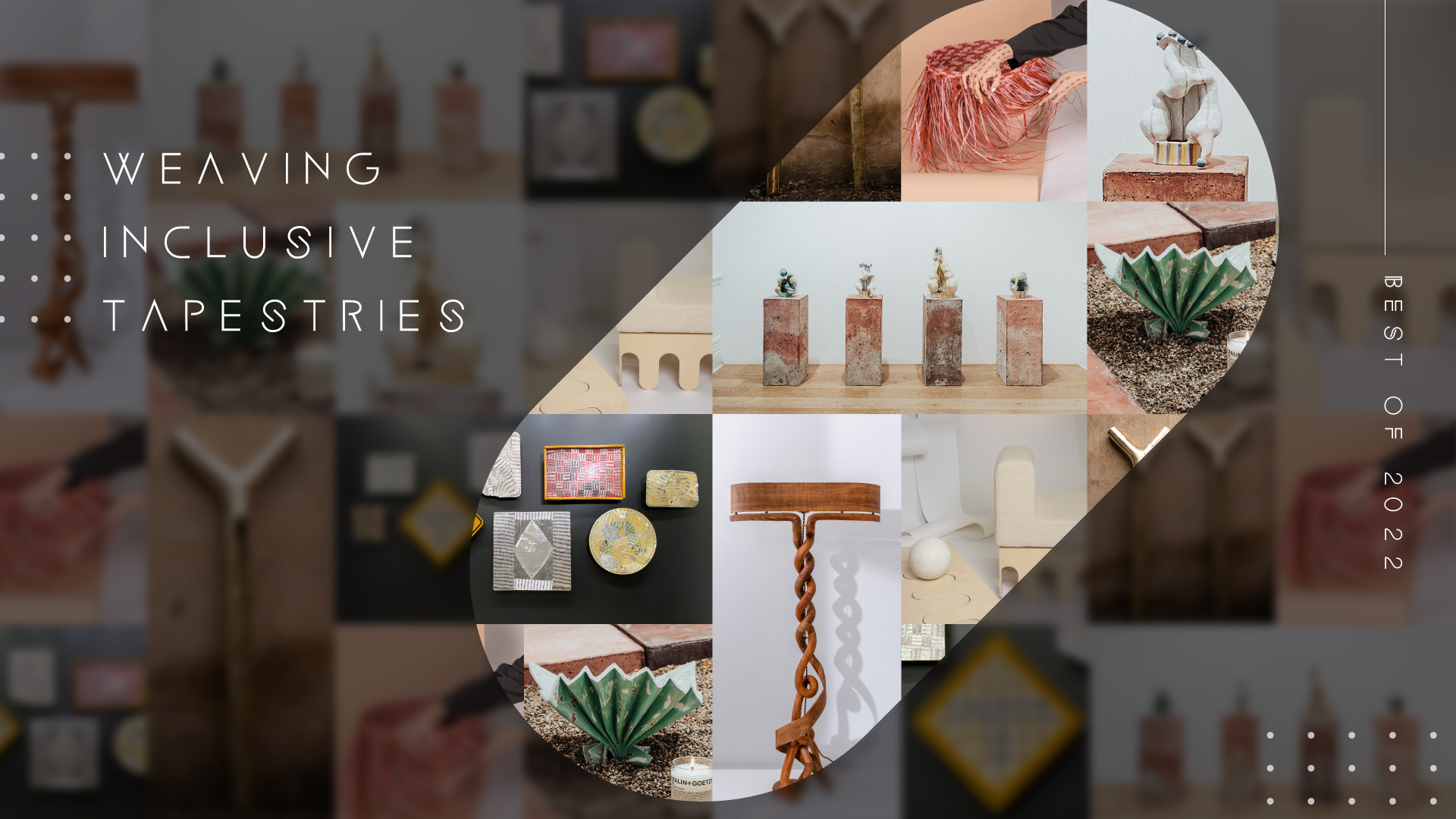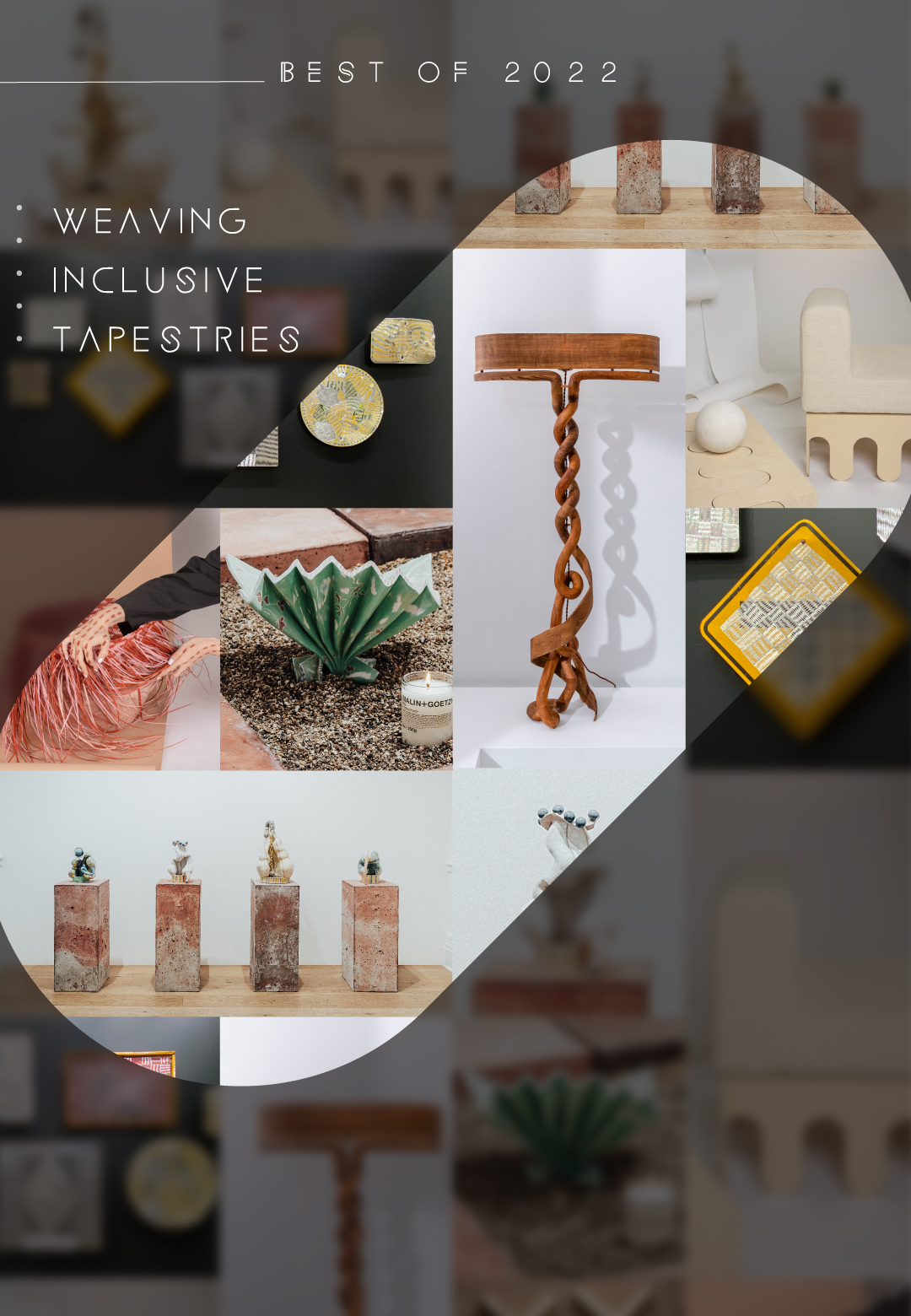“We all should know that diversity makes for a rich tapestry, and we must understand that all the threads of the tapestry are equal in value no matter what their colour,” American memoirist, poet, and civil rights activist Dr. Maya Angelou once said. The common thread that ties the global milieu together is ironically the diversity that animates it—diversity in cultures, religions, races, geographies, languages, gender identities, and perceptions. As the world morphs into one colossal cosmopolis bridging disparate ways of life, inclusivity ought to be the cosmopolitan tongue. Sharing our similarities and celebrating our differences, allowing each to take up due space and be visible, becomes a utopian crusade—as enriching as it is fundamental.
During the COVID-19 pandemic, the world made a hasty shift from the physical realms to the universe of cyberspaces, a space sans worldly boundaries of segregation—a glimpse of the plausible future. The rapid growth of online platforms has shrunk the world even further, making thousands of geographical miles come to naught. Understanding different crafts and experiences—an effort more convenient today than it ever was—makes people acknowledge the paramount importance of inclusivity and vice versa. This year, despite seemingly waking up from a long slumber, the world saw countless such initiatives in the spheres of art and design, bringing to light perspectives that are often shoved in a dark corner. While scouring the creative archives for the Best of 2022, STIR enlists global initiatives that are rooted in the principles of inclusivity—building on what breaks the world up.
Born From Earth at the Richard Saltoun Gallery
Richard Saltoun Gallery, a London-based art gallery, aims at exploring and communicating women’s role in tapping the untouched potential of ceramics. Titled Born From Earth, the immersive showcase of evocative clay sculptures and earthen seats was spearheaded by eleven female artists. The art exhibition came about as a celebration of the materiality of clay through a curation of contemporary art and ceramic sculpture art pieces crafted by established and emerging talents in the industry. The similarities between art and architecture emerged as the highlight by bringing the value of earth and clay in both disciplines to the forefront. The exhibition, organised by London-based creative studios It's a Local Collective and contemporary artist Yushi Li, was a refreshing gust of feminist artists' perceptions of femininity.
Public installation by Better Bankside
This year, London Design Festival 2022 highlighted the crucial role of design in contemporary cities and societies through an array of creative and innovative presentations. Inclusivity is only imminent on a seminal global platform that celebrates contemporary design while meditating on its future. With a rich industrial heritage and filled with renowned cultural destinations, the Bankside district was an inevitable attraction for visitors to London. Better Bankside presented two public installations in the design district one of which was in collaboration with Fandangoe Kid Studios marking the 50th anniversary of London Pride. The vibrant hand-painted artwork saturated the existing Hope Exchange triangle in colours that celebrated the LGBTQ community in Bankside, London and across the world.
Born Too Tall: California Women Designers, Postwar to Postmodern
Many feminist discourses and protests have mushroomed over the past decades, aiming to overturn the deeply-rooted system that disadvantages women. Each emancipatory initiative is a sight for sore eyes at a time when female bodies are blatantly scrutinised—sometimes to fuel political agendas, other times to stigmatise and criminalise religious bodies or disadvantaged tribes and communities. An exhibition by the New York-based design gallery R & Company examined the works of 12 women designers who redefined the conventions of object making and product design and cultivated change in the design field. The showcase encompassed works by Evelyn Ackerman, Ray Eames, Claire Falkenstein, Arline Fisch, Trude Guermonprez, Greta Magnusson Grossman, Wendy Maruyama, Merry Renk, Cheryl R. Riley, June Schwarcz, Kay Sekimachi, Pamela Weir-Quiton, Jade Snow Wong, and Marguerite Wildenhain.
Ingrained at Superhouse
Ingrained, displayed at the New York based art and design gallery Superhouse, spotlighted unique and innovative wood designs crafted by women and non-binary designers. The exhibition underlined their participation in and contribution to a field that is largely male-dominated through a series of experimental woodworks by six creatives—Sarah Burns, Natalie Ochoa, Nifemi Ogunro, Isabel Rower, Myriam Simard-Parent, and Shaina Tabak. “This exhibition does not purport to be a conclusive survey of women and non-binary makers working with wood, as most of the artists and designers on view are just from New York City, but it is meant to generate discourse about the lack of representation today and in some small way work to rectify that disparity,” says Stephen Markos, founder and director of the US based gallery.
Bend to Break by the Estonian Academy of Arts
Deconstructing gender bias resides at the core of and is built into the design theme for Bend to Break, a project produced by the students of the Estonian Academy of Arts, Faculty of Design. Unearthing the design's complicity with the plywood industry and forestry, in particular, and challenging the problematic gender ideology, the showcase featured wooden furniture and acknowledged the legacy of Luterma as one of, if not the, most important manufacturers of plywood and plywood-laminated wooden furniture in the early 20th century. The showcase examined the plywood industry through supported historical evidence of gender-biased ideologies and practices, more specifically of women, who staffed Luterma's assembly lines, effectively challenging the perception that women are unsuited to forestry.
Landscapes of Design, women at the heart of Domaine de Boisbuchet
Landscapes of Design, women at the heart of Domaine de Boisbuchet is an exhibition that lauded the work of the institution’s female designers. Mathias Schwartz-Clauss, director of Domaine de Boisbuchet, curated a diverse collection of works, including furniture , sculptures, fashion, photography, textiles, art. Landscapes of Design pushed the boundaries of design and questioned the principles of identity and design procedure through its nature oriented approach to design—intrinsic to the works of several 20th century female designers and artists who were considered pioneers in the creative field.
‘The First Homosexuals: Global Depictions of a New Identity, 1869-1930’ at Wrightwood 659
Chicago-based gallery Wrightwood 659 hosted The First Homosexuals: Global Depictions of a New Identity, 1869-1930, an exhibition that takes the year 1869 as its origin—when the word ‘homosexual’ was first coined in Europe. More than 100 paintings, drawings, prints, photographs, and film clips—sourced from public and private collections around the globe—take centrestage at the exhibition. This never-before-seen ensemble of works came forth as the first multi-medium survey of the very first self-consciously queer art, highlighting what the ‘first homosexuals’ understood themselves to be, how dominant culture understood them, and the codes of representation they employed—a previously unknown glimpse into the social and cultural meanings of same-sex desire.
Maison Intègre Editions at Les Ateliers Courbet
In the heightened pursuit of innovation, the invaluable lineage of cultural craft and time-honoured artisanal techniques finds its voices muffled, with each fading craft calling for representation and revival. Continuing their crusade of celebrating and supporting the craftsmanship of West Africa, Burkina Faso-based metalsmithing workshop Maison Intègre realised its first cohesive collection in partnership with French designer Noé Duchaufour-Lawrance. Presented by New York-based design gallery Les Ateliers Courbet, the design exhibition featured a limited-edition versatile ensemble featuring bronze pieces ranging from table designs and chairs designs to lighting design and mask sconces. Rejuvenating the lost ties with customs and traditions, the collection accentuated the importance of craft in the culture and reestablished a meaningful relationship with the Burkinabe bronzesmiths.
Contemporary art by Wanapati Yunupiŋu
Wanapati Yunupiŋu, a native of the Northern Territory of Australia,injected fresh contemporary mediums into indigenous art at the Melbourne Art Fair this year. The son of a celebrated tribal artist and ceremonial leader of the Gumatj clan, Wanapati Yunupiŋu is privy to the rich culture of the Yolŋu people of northeast Arnhem Land, Australia. The Melbourne Art Fair 2022 exhibited Yunupiŋu’s catalogue for sale and received an extraordinary response, selling out the entire collection of works. Working with the Yolŋu art form from his home of Biranybirany in Arnhem Land, Yunupiŋu uses his tribe’s iconic ‘fire’ motif to create murals from engraved aluminium sign boards with a rotary tool. As part of his solo exhibition, Wanapati Yunupiŋu’s rich collection of indigenously specific body of work will be on display at the Tolarno Galleries in Melbourne in February 2023.
‘Thaya Collection’ by Studio Lél x Irthi present
Epitomising the commitment to preserving and re-interpreting traditional crafts, Studio Léland the Irthi Crafts Council align ideologies to co-create the Thaya Collection of vases at Milan Design Week 2022. Based in Peshawar, Pakistan, Studio Lél has always focused on promoting the works of displaced Afghan master artisans and local craftsmen. This year was the first time in the show's 64-year history that a studio from Pakistan had participated. The collection was on display in a collective exhibition at Cambi Auction House and Palazzo Litta, Milan. The exhibition featured three differently shaped and vases crafted out of different stones and with safeefah fibres woven onto them through punctures drilled skillfully into the vase. The collection, conforming to Studio Lél’s oeuvre, transcends boundaries of design and artisanal craftsmanship in unparalleled ways.






 Sign in with email
Sign in with email










What do you think?